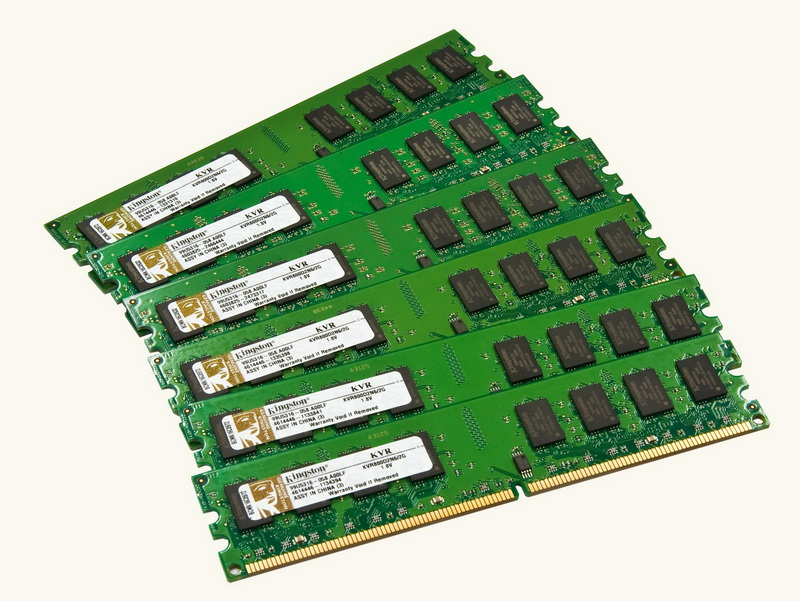In abbreviated form random access memory of the computer is called BY OM (operational memory) or RAM (random access memory — memory with direct access).
Purpose of the RAM
- Data storage and teams for their further transfer to the processor for processing. Information can arrive from random access memory not at once on processing to the processor, and in faster, than the RAM, a processor cache memory.
- Storage of results of the calculations made by the processor.
- Reading (or record) contents of cells.

Features of operation of the RAM
Random access memory can keep data only at the switched-on computer. Therefore at its switching off processed data should be kept on a hard disk or other data carrier. At start of programs information arrives in the RAM, for example, from a hard disk of the computer. While there is a work with the program it are present at random access memory (usually). As soon as work with it is finished, data are rewritten on a hard disk. In other words, flows of information in random access memory are very dynamic.
The RAM represents a memory with direct access. It means that it is possible to read/write down data from any cell of the RAM at any moment. For comparison, for example, the magnetic tape is a memory with consecutive access.
Logic unit of random access memory
Random access memory consists their cells, each of which has the own address. All cells contain identical number of bits. The next cells have consecutive addresses. Memory addresses also as well as data are expressed in binary numbers.
Usually one cell contains 1 byte of information (8 bits, the same that 8 categories) and is the minimum unit of information to which the address is possible. However many teams work with so-called words. The word represents the area of memory consisting of 4 or 8 bytes (other options are possible).

Types of random access memory
It is accepted to allocate two types of random access memory: static (SRAM) and dynamic (DRAM). SRAM is used in quality a processor cache memory, and DRAM - directly as random access memory of the computer.
SRAM consists of triggers. Triggers can be only in two conditions: "is included" or "switched off" (bit storage). The trigger doesn't store a charge therefore switching between conditions happens very quickly. However triggers demand more difficult production technology. It is inevitably reflected in the device price. Secondly, the trigger consisting of group of transistors and communications between them, takes a lot of place (at microlevel), as a result of SRAM it turns out rather big device.
In DRAM there are no triggers, and the bit remains at the expense of use of one transistor and one condenser. It turns out cheaper and more compact. However condensers store a charge, and charging discharge process longer, than trigger switching. As a result, DRAM works more slowly. The second minus is a spontaneous discharge of condensers. For maintenance of a charge it regenerate through certain periods, on what the extra time is spent.
Type of the module of random access memory
Externally random access memory of the personal computer represents the module from chips (8 or 16 pieces) on the printed-circuit board. The module is inserted into the special socket on the motherboard.
On a design modules of random access memory for personal computers divide into SIMM (a unilateral arrangement of conclusions) and DIMM (a bilateral arrangement of conclusions). DIMM possesses the bigger speed of data transmission, than SIMM. Now mainly DIMM modules are issued.
The main characteristics of the RAM are the information capacity and speed. Capacity of random access memory is expressed today in gigabytes.
No comments:
Post a Comment